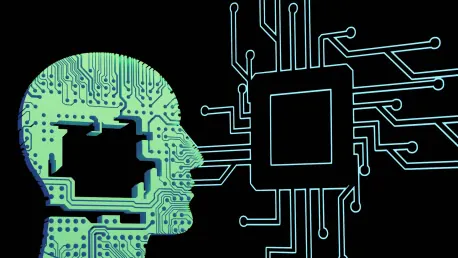
Technology is pushing the boundaries of cybersecurity with AI at its forefront, reshaping how vulnerabilities are identified and mitigated. Fuzzing, an automated testing technique, plays a crucial role in uncovering software vulnerabilities. As AI gains traction in addressing fuzzing-related bugs,
Artificial intelligence orchestration platforms are witnessing significant advancements due to the integration of open-source models, as discussed by tech leaders Satya Nadella, Ali Ghodsi, and Mark Zuckerberg. Open-source methodologies are critical in constructing flexible AI systems that are

The digital landscape has evolved rapidly, and the need for adaptable web applications has never been more critical. As technology transforms industries, the demand for modern web solutions that are both responsive and scalable skyrockets. Enter the world of micro front ends—a paradigm shift that

Stanford University researchers have unveiled DSPy, an open-source Python framework poised to transform AI development by simplifying the creation of applications powered by large language models (LLMs). DSPy signifies a pivotal shift from traditional prompt engineering to high-level programming,

JavaScript frameworks are constantly evolving, introducing new tools and updates that enhance performance and simplify development processes. Modern developers are increasingly seeking solutions that combine speed and simplicity while providing an exceptional developer experience. This article

A critical security vulnerability has been uncovered in the Next.js middleware, posing a significant risk to the websites and applications built with this highly popular web development framework. The discovery highlights a glaring weakness in the core functionality that could allow attackers to